I am trying to fit a model to my data, which has a dependent variable that can be 0 or 1.
I tried to fit a binomial glmer to the data, but the fit is pretty bad as you can see below. This puzzles me because this is quite a sigmoid so I thought I would get a great fit with that kind of model? Am I using the wrong model?
(color is my data, black is the fit)

Here is the code I used on r
library(lme4)
library(ggplot2)
exdata <- read.csv("https://raw.githubusercontent.com/FlorianLeprevost/dummydata/main/exdata.csv")
model=glmer(VD~ as.factor(VI2)*VI1 + (1|ID),exdata,
family=binomial(link = "logit"),
control = glmerControl(optimizer = "bobyqa", optCtrl = list(maxfun=2e5)))
summary(model)
exdata$fit=predict(model, type = "response")
ggplot(exdata,aes(VI1, VD, color=as.factor(VI2),
group=as.factor(VI2))) +
stat_summary(geom="line", size=0.8) +
stat_summary(aes(y=(fit)),geom="line", size=0.8, color="black") +
theme_bw()
And I tried without the random effect to see if it would change but no...
ggplot(exdata, aes(x=VI1, y=VD, color=as.factor(VI2),
group=as.factor(VI2))) +
stat_summary(fun.data=mean_se, geom="line", size=1)+
stat_smooth(method="glm", se=FALSE, method.args = list(family=binomial), color='black')
Here is the data:https://github.com/FlorianLeprevost/dummydata/blob/main/exdata.csv

